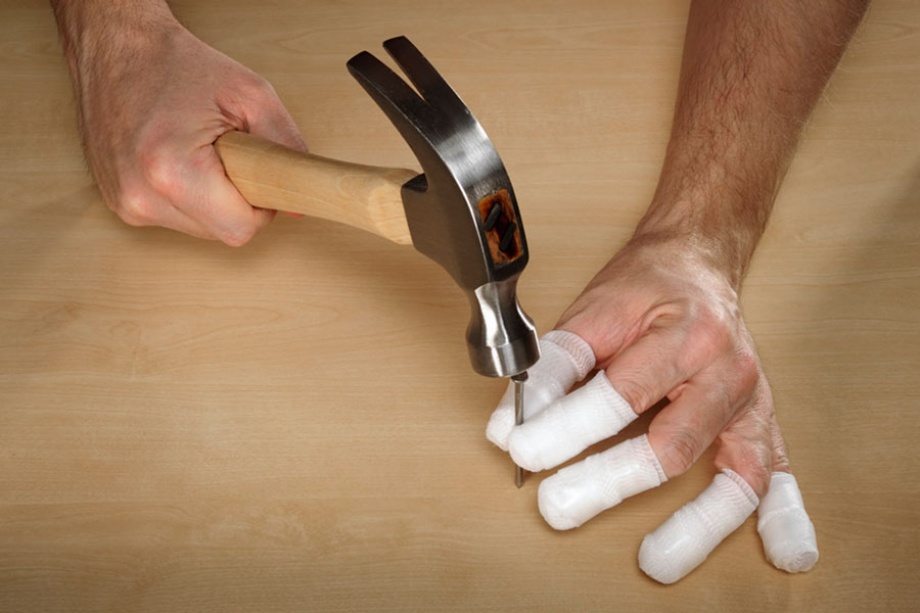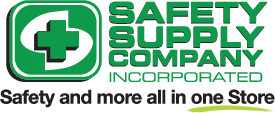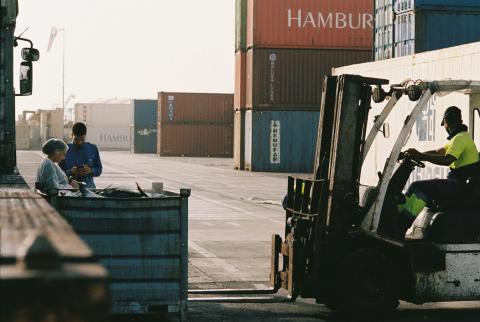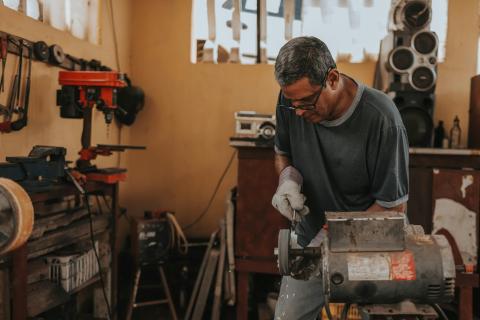Whose Hand Is It Anyway?

Let’s discuss it!
Hand injury or amputation causes the inability to function in a way that’s natural to you, such as buttoning clothing, eating daily meals, writing/signing a cheque and opening mail; these will all become strenuous tasks which heavily influences the quality of life you have. Hand injuries can vary from minor cuts or irritation to amputations. Some of the primary causes is the malfunction or improper use of equipment; although malfunctioning equipment is not directly something we can control; taking responsibility in wearing the necessary Personal Protective Equipment (PPE) is the determining factor in if we lose a limb or not. Human error doesn’t mean we can’t handle the job, but it does mean we have a tendency to grow complacent and get distracted while working. One of the most common forms of human error is forgetting, or simply choosing not to, wear protective gloves at work.
So, whose hands are they anyway? Before you decide not to wear the Personal Protective Equipment (PPE), here are some factors to take into consideration:
Responsibility: We all have the responsibility to not engage in risky behavior at work that could be detrimental to our health; and to report any uncontrolled or unaddressed hazards.
Accountability: Machines, energy and chemicals WILL hold us absolutely accountable for our actions, whether we like it or not.
So, how can we prevent hand injuries? There are several practices employers and employees can implement to reduce the risk of hand injury: these are engineering controls, administrative controls and PPE. Engineering controls reduce hazards through the use of equipment that has built-in measures to protect the worker, and is always the preferred way to reduce workplace hazards. Some common types of engineering controls include safety guards, electrical proximity limiting devices, emergency stop devices, and ergonomic tools. Administrative controls are procedures management puts in place, and are useful when engineering controls either cannot be implemented or cannot alone effectively reduce risk. Safety training, lock and tag rules, warning signs, product substitution, and attention to ergonomic principles are all forms of administrative controls. Personal protective equipment (PPE) is worn to minimize hazards when engineering and administrative controls are not feasible or sufficient. The PPE worn to protect hands are gloves.
Blog Articles
Check out more articles
PPE: The Unspoken Love Language
Wearing PPE: Protecting Your Present and Securing Your Future
View MoreTips to Improve Safety While Working With Heavy-Duty Mobile Equipment
Improving the safety of ground personnel working around mobile equipment, such as forklifts, excavators, etc., requires a combination of engineering controls, administrative measures, and behaviora
View MoreWhy You Should Service Your Safety Equipment
Safety equipment serves as the frontline defense against workplace hazards, ensuring the well-being of employees and minimizing risks.
View More



